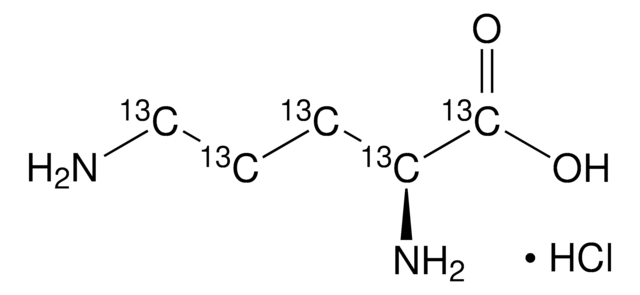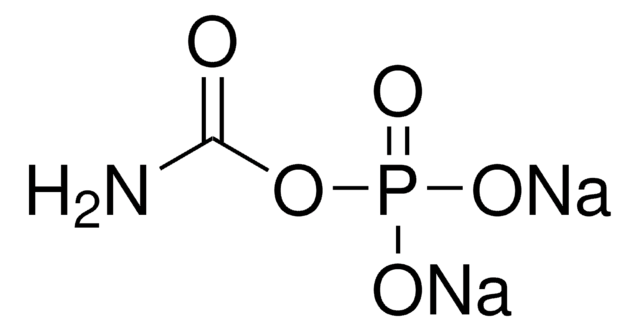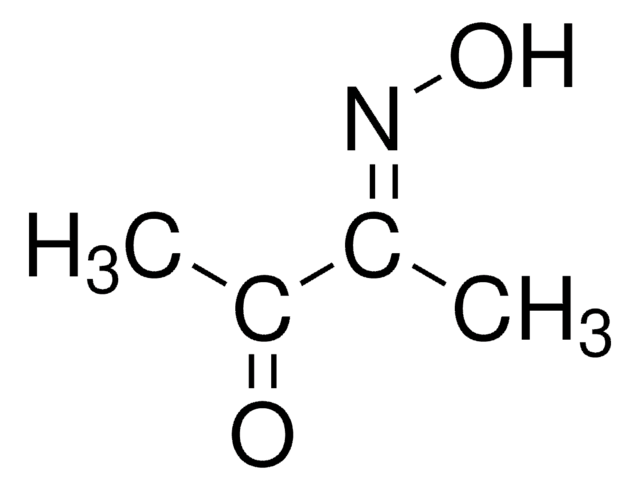75440
L-Ornithine dihydrochloride
≥99.0% (AT)
Synonym(s):
(S)-2,5-Diaminopentanoic acid dihydrochloride
About This Item
Recommended Products
Quality Level
100
200
assay
≥99.0% (AT)
form
crystals
optical activity
[α]20/D +17±1°, c = 5% in H2O
technique(s)
ligand binding assay: suitable
ign. residue
≤0.1% (as SO4)
color
colorless
mp
197-199 °C (dec.)
anion traces
sulfate (SO42-): ≤100 mg/kg
cation traces
As: ≤0.1 mg/kg
Cd: ≤5 mg/kg
Co: ≤5 mg/kg
Cu: ≤5 mg/kg
Fe: ≤5 mg/kg
NH4+: ≤100 mg/kg
Ni: ≤5 mg/kg
Pb: ≤5 mg/kg
Zn: ≤5 mg/kg
SMILES string
Cl.Cl.NCCC[C@H](N)C(O)=O
InChI
1S/C5H12N2O2.2ClH/c6-3-1-2-4(7)5(8)9;;/h4H,1-3,6-7H2,(H,8,9);2*1H/t4-;;/m0../s1
InChI key
HGBAVEGDXFHRQP-FHNDMYTFSA-N
Biochem/physiol Actions
Storage Class
11 - Combustible Solids
wgk_germany
WGK 3
flash_point_f
Not applicable
flash_point_c
Not applicable
Choose from one of the most recent versions:
Certificates of Analysis (COA)
Don't see the Right Version?
If you require a particular version, you can look up a specific certificate by the Lot or Batch number.
Already Own This Product?
Find documentation for the products that you have recently purchased in the Document Library.
Customers Also Viewed
Our team of scientists has experience in all areas of research including Life Science, Material Science, Chemical Synthesis, Chromatography, Analytical and many others.
Contact Technical Service









